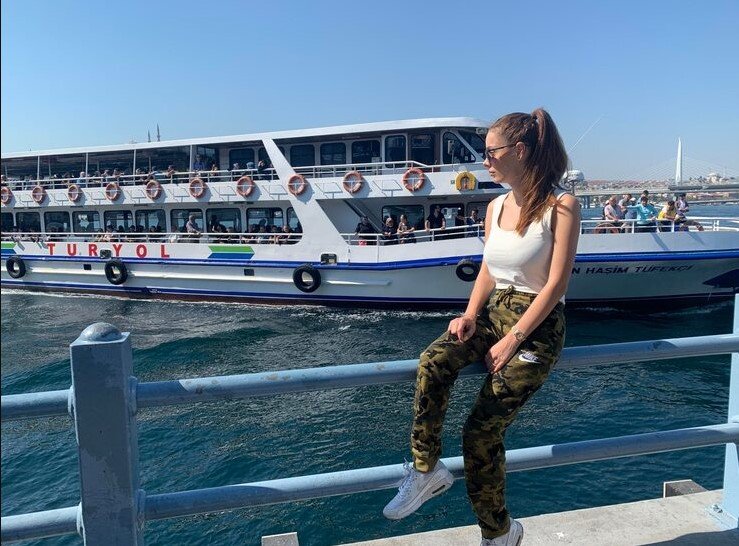Embarking on a Nepal and Bhutan Tour once-in-a-lifetime experience filled with breathtaking landscapes, rich cultural heritage, and unforgettable encounters. Whether you’re trekking in the Himalayas, exploring ancient temples, or visiting Bhutan’s iconic monasteries, the experience can be both awe-inspiring and transformative. However, when planning a trip to these two Himalayan countries, it’s important to account for all expenses, including tips, which play a significant role in the local economy and service industry.
In this article, we’ll discuss everything you need to know about tipping during your Nepal and Bhutan tour, what to expect in terms of gratuities, and how to budget for these additional costs during your adventure.
Tipping Culture in Nepal and Bhutan
Both Nepal and Bhutan have their own tipping cultures, and while it is not compulsory to tip in these countries, it is highly appreciated by the locals. In many cases, tips form an essential part of workers’ income, especially for those working in the tourism industry. Understanding the local tipping customs will not only help you show gratitude but also ensure you respect the local culture.
Tipping in Nepal
- Tipping Guides and Porters If you’re trekking in Nepal, you’ll likely have a guide and a porter to assist you throughout your journey. It’s customary to tip your guide and porter for their services at the end of the trek. The amount you tip largely depends on the length and difficulty of the trek as well as the quality of service you receive.
- Guides: Tipping guides typically ranges from $10 to $20 per day depending on the trek and your satisfaction with their services.
- Porters: Porters who carry your gear during treks are generally tipped $5 to $10 per day. While porters usually carry less weight compared to guides, their work is physically demanding, and tipping shows appreciation for their hard work.
- Hotel and Restaurant Staff Tipping in restaurants and hotels is common but not always mandatory. In higher-end hotels and restaurants, service charges may be included in your bill, but it’s still common to leave an additional small tip for excellent service.
- Restaurants: For casual dining, tipping around 5% to 10% of the bill is appreciated, but it’s not a requirement. In upscale restaurants, a tip of 10% to 15% is customary if a service charge isn’t included.
- Hotel Staff: Hotel bellhops, housekeeping staff, and drivers should also receive a tip for their services. A typical tip might be around $1 to $2 per day for housekeepers, and $2 to $5 for bellhops or drivers.
- Tour Operators and Drivers If you book guided tours within Kathmandu or other cities, it’s polite to tip your local driver and tour guides. A typical tip for a driver might be $5 to $10 per day, and tour guides can receive $10 to $20 per day, depending on the length and quality of the tour.
- Other Services You may also encounter other service providers during your stay, such as taxi drivers, street vendors, and massage therapists. While tipping is not mandatory, rounding up the fare or leaving small change is appreciated.
Tipping in Bhutan
In Bhutan, the tipping culture is relatively similar to that in Nepal, but it is generally more restrained. Bhutanese culture places a high value on humility, and excessive tipping is discouraged. However, it’s still customary to tip guides, drivers, and other service providers as a sign of appreciation for their excellent service.
- Tipping Guides and Drivers Most travelers to Bhutan will have a licensed guide and driver included in their tour package. While the daily minimum required for Bhutanese tours covers accommodation, meals, transportation, and guides, it does not include tips for service staff.
- Guides: It’s customary to tip your Bhutanese guide $10 to $15 per day for good service. If you have a particularly exceptional experience, feel free to offer more.
- Drivers: Drivers in Bhutan are often responsible for ensuring your comfort and safety while traveling between cities or attractions. A tip of $5 to $10 per day is generally appreciated.
- Hotel and Restaurant Staff Like in Nepal, tipping hotel and restaurant staff in Bhutan is common, but it is not obligatory. In higher-end restaurants, a service charge may be included, so be sure to check your bill before adding an extra tip.
- Restaurants: Tipping around 5% to 10% of your bill is common in Bhutan, but it’s always worth checking to see if a service charge has already been added.
- Hotel Staff: Hotel staff, such as bellhops and housekeepers, appreciate a small tip for their service. A tip of around $1 to $2 per day for housekeeping staff, and $2 to $5 for bellhops or drivers is standard.
- Other Service Providers While Bhutan is generally modest in terms of tipping, smaller services such as taxi drivers or spa workers are often given small gratuities. Again, rounding up the fare or leaving a few dollars is a nice gesture of appreciation.
How to Budget for Tips on Your Nepal and Bhutan Tour
When planning your trip to Nepal and Bhutan Trip essential to factor in the cost of tips, especially if you plan on trekking or using tour services. While these gratuities may not seem like much, they can add up over the course of your trip. Here’s an approximate breakdown to help you budget for tipping:
- Trekking in Nepal:
- Guide: $10 to $20 per day
- Porter: $5 to $10 per day
- Total (for a 10-day trek): $150 to $300
- Guided Tour in Bhutan:
- Guide: $10 to $15 per day
- Driver: $5 to $10 per day
- Total (for a 7-day tour): $105 to $175
- Hotel, Restaurant, and Miscellaneous Tips:
- Restaurants: $1 to $5 per meal (depending on the type of restaurant)
- Hotel Staff: $1 to $2 per day
- Other Service Providers: $1 to $2 per service
Conclusion
Tipping during your Nepal and Bhutan Tour Package is an important way to show appreciation for the services provided by guides, drivers, hotel staff, and others who contribute to your experience. While tipping is not mandatory, it is a vital part of the local economy and helps support the livelihoods of workers in the tourism industry.
To ensure that you’re prepared, budget for gratuities in advance, keeping in mind the length of your trip, the activities you’ll engage in, and the level of service you receive. Whether you’re trekking in the Himalayas, visiting monasteries, or dining in local restaurants, tipping appropriately will enhance your travel experience and leave you with lasting positive impressions of these two incredible Himalayan countries.





